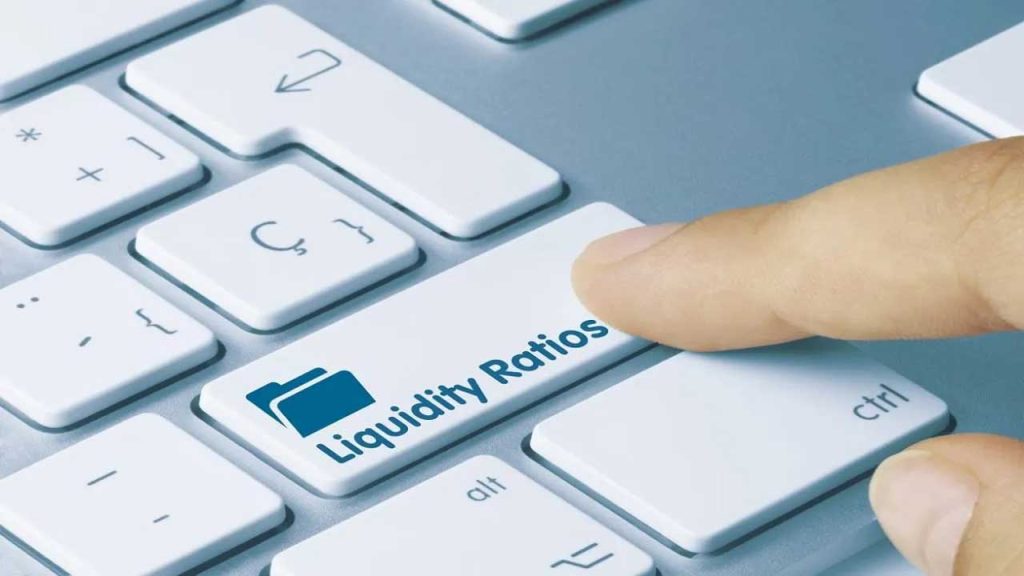Liquidity Ratio – A company needs liquid funds to cover its quick commitments. The capability of a company to pay the money owed to the shareholders when it becomes due is referred to as liquidity.
As a result, in order to determine liquidity, we must calculate liquidity ratios. These ratios are of short duration.
When a company seems unable to meet its short-term obligations, it damages its reputation including its credit rating.
This could also lead to bankruptcy or closure. It is important to note that all surplus and inadequate liquidity are detrimental to the firm.
Types of Liquidity Ratio

- Current Ratio
- Quick Ratio or Acid test Ratio
- Cash Ratio or Absolute Liquidity Ratio
- Net Working Capital Ratio
Must Read – Types Of Ratios
Having a large sum of liquid assets allows you to pay off short-term financial liabilities on time. Liquidity ratio types are.
- Current Ratio
It is among the popular ratios used for evaluating the short-term solvency or the liquidity of a company. It is the ratio of Current Assets to Current Liabilities.
In other terms, it evaluates if there are sufficient current assets to pay existing liabilities while preparing for possible losses in the realisation of current assets.
The desired current ratio is typically 2:1. The optimal ratio is calculated by the nature of the company & the features of its current assets & current liabilities.
Current Ratio = Current Assets/Current Liabilities
- Quick Ratio
That is sometimes referred to as the Acid-test Ratio. The Quick Ratio is a ratio that determines the relationship between Quick Assets and Current Liabilities. It evaluates if there are sufficient easily convertible quick resources to cover existing debts.
As a result, it outperforms the Current Ratio. Only cash and near-cash assets are considered quick assets. It excludes inventories because they are not quickly transformed into cash.
It also excludes prepaid costs, which are paid in bulk and cannot be turned into cash. The optimal Quick Ratio, also known as the Acid-test Ratio, is 1:1.
Quick Ratio or Acid Test Ratio = Quick Assets/Current Liabilities
- Cash Ratio or Absolute Liquidity Ratio
It evaluates the company’s absolute liquidity. It calculates if a company can cover its current liabilities just using cash, bank balances, and marketable securities.
We exclude Inventory and Debtors since there is no chance that they will be realised.
Current Ratio = Cash and Bank Balance +Marketable Securities +Current InvestmentsCurrent Liabilities
- Net Working Capital Ratio
Net Working Capital Ratio is used to calculate cash flow. This ratio’s result must be positive. Normally, bankers track this ratio to determine if a firm is facing a financial problem or not
Net Working Capital Ratio = Current Assets – Current Liabilities (exclude short-term bank borrowing)



